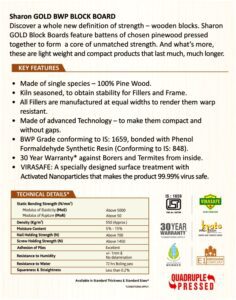
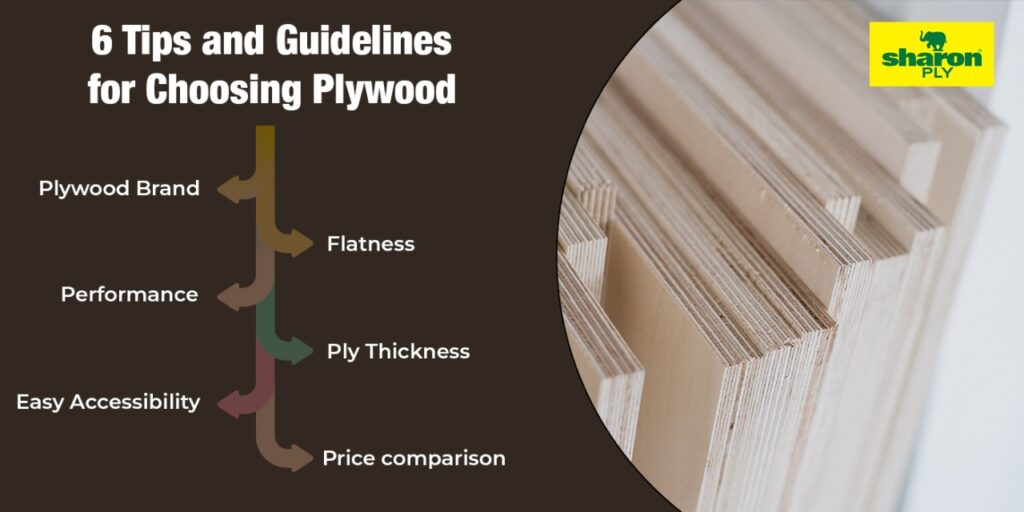
A plywood investment is vital, as it will determine how long your furniture will last. With plywood, there are many variations and grades, so choosing the right plywood is crucial. Based on the area of application, you should choose the right type of plywood.
We’ve compiled a list of 6 guidelines to help you select the best plywood for your furniture.
Consider a highly regarded plywood company
Make sure you choose the right plywood brand and don’t just pick your closest plywood store. Before purchasing plywood, read online reviews of reputable companies. If plywood is chosen with enough time and effort, its longevity will be higher.
Flatness
For the ply to be of the highest quality, it is important to check its flatness. Investing in plywood that’s warped or broken is not a wise decision. With regards to 1/4 inch plywood, the tip about checking its flatness is irrelevant.
Examine your ply’s edges
The long-term performance of plywood with neat, uniform edges and minimal voids is better than plywood with unsynchronized or overlapped edges. It is difficult to cut plywood due to its overlapping edges.
Stick to Grain Pattern
Make sure you do not rush the plywood selection phase, and that every sheet you select is flat, undamaged, and has a grainy texture. If you spend time picking the appropriate material, it’s worth it.
Easy Accessibility
Planks of plywood require no worry of damage when nailed and screwed together, as plywood can be repaired with ease. Additionally, this wood is available in a variety of sizes for making furniture.
Price comparison
India’s plywood market has become highly crowded due to the large number of vendors selling it. Before choosing a plywood brand, compare the quality and price to pick the best.
The cost of wood is lower, so it’s more cost-effective to invest in it. Moreover, it is of excellent quality for a reasonable price.
Note: A constant price-based approach to purchasing plywood is ineffective.
Ply Thickness
There are different thicknesses of ply, and sticking to one type doesn’t work. For example, a 19mm thick plywood is ideal for kitchen cabinets, but a 9mm thickness is more suitable for drawers. Therefore, pick a thickness that’s appropriate for your ply’s intended use.
Over the years, plywood has been the preferred choice for fixed furniture. Solid wood furniture has become increasingly expensive, which is why many households are choosing plywood as an alternative.
Plywood’s affordability and versatility make it a great alternative to other types of building materials while preserving its natural aesthetic appeal. The material can be used for a variety of applications, such as roofing, furniture, wardrobes and wall sheathing.

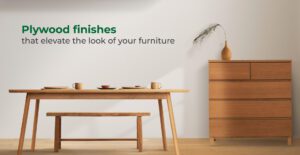





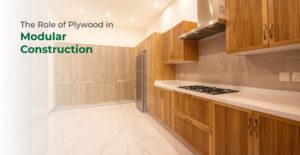
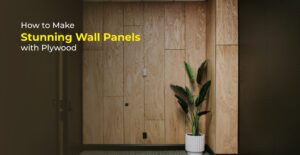

Users understand that SHARONPLY is committed to protecting the User’s privacy and shall take all efforts to protect any personal data provided to the Website by reasonable security safeguards against such risks as loss or unauthorised use, destruction, modification or disclosure of data, However, in case of any lapse, SHARONPLY shall not be held responsible for any effect or consequences thereof. The Website uses cookies to track usage of the path of the User. Since most web browsers automatically accept cookies, User can edit User’s browser options to block them if User does not want the Website to use cookies to track usage of the path of the User.
SHARONPLY undertakes not to disclose, except as otherwise provided, the personal information provided by the User to any person, unless such action is necessary to: –
By filling up any form on the Website User automatically grants SHARONPLY a royalty-free, perpetual, irrevocable non-exclusive license to use, reproduce, publish, edit, distribute, and publicly display the information given in the form and to sublicense such rights.
Any queries regarding the SHARONPLY’s privacy policy, may be sent to admin@sharonply.com.
